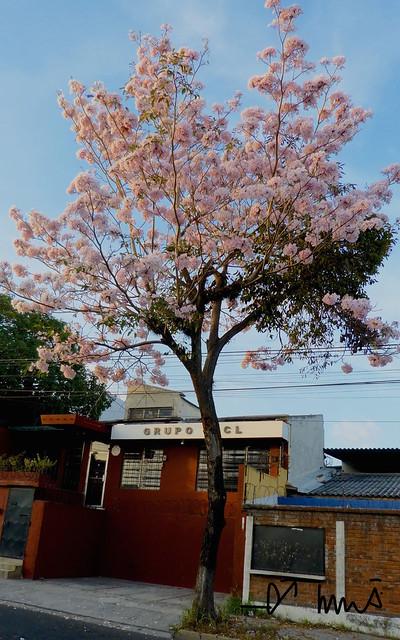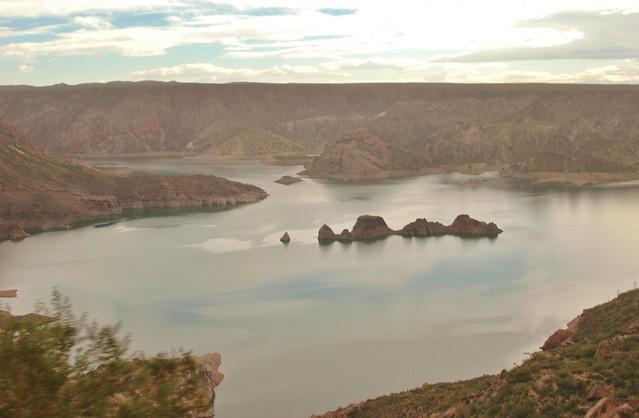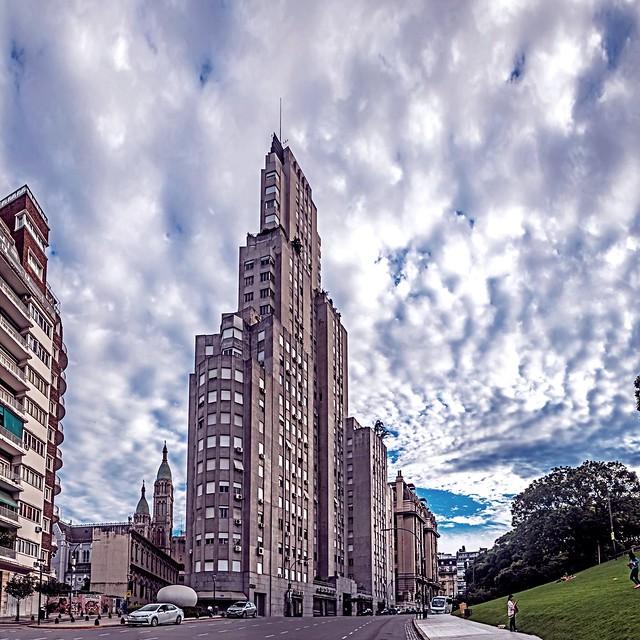Departamento de Capayán
Overview
Geography and Landscape
Departamento de Capayán is located in the central part of Catamarca province, Argentina. It is characterized by its stunning landscapes, featuring a mix of arid plains, rolling hills, and the majestic backdrop of the Andes Mountains. The region boasts a semi-desert climate, which means travelers can expect hot summers and mild winters, making it a year-round destination for those looking to explore its natural beauty.
The local geography is dominated by the Rio Capayán, which runs through the area, providing a vital water source for agriculture and local communities. The river is also a focal point for recreational activities, offering opportunities for fishing and picnicking along its banks. The surrounding hills are perfect for hiking and exploring, allowing visitors to immerse themselves in the unspoiled nature of the region.
Cultural Heritage
Capayán is rich in cultural heritage, with a blend of indigenous and Spanish influences that shape its traditions and customs. The local population is known for its warmth and hospitality, making visitors feel right at home. Traditional music and dance are integral to local celebrations, with folk festivals highlighting regional sounds like zamba and chacarera.
Artisan crafts also play a significant role in the culture of Capayán. Visitors can find beautifully woven textiles, intricate pottery, and handmade jewelry in local markets. Engaging with local artisans provides a unique insight into the skills passed down through generations, and buying these crafts supports the community's economy.
Historical Significance
The history of Capayán is steeped in the pre-Columbian era, with evidence of indigenous settlements that date back thousands of years. The region was later influenced by Spanish colonization, and remnants of this rich past can still be seen today. The town features several historical buildings that reflect colonial architecture, providing a glimpse into the area’s past.
Among the notable historical sites is the Capayán Church, a beautiful example of 18th-century architecture. The church stands as a testament to the area's religious heritage and is often a focal point for community gatherings and festivities. Exploring these sites allows visitors to appreciate the layered history that has shaped Capayán into the vibrant place it is today.
Local Gastronomy
No visit to Capayán is complete without indulging in its local culinary delights. The region is known for its traditional Argentine cuisine, featuring hearty dishes that reflect the agricultural abundance of the area. Visitors can savor local specialties such as empanadas, filled with meat or cheese, and locro, a traditional stew that combines corn, beans, and various meats.
Wine enthusiasts will also appreciate the local offerings, as Capayán is situated near some of the lesser-known wine regions of Argentina. The vineyards here produce flavorful wines that can be enjoyed while soaking in the stunning landscape. Many local restaurants and bodegas offer tastings, allowing travelers to experience the unique flavors of Catamarca.
Community and Atmosphere
The atmosphere in Capayán is laid-back and friendly, making it a perfect escape from the hustle and bustle of larger cities. The community is tight-knit, and local festivals often bring everyone together to celebrate traditions, music, and food. Events such as the Fiesta Nacional del Futbol Infantil attract families and visitors alike, showcasing local talent and fostering a sense of unity.
As travelers stroll through the town, they will likely encounter locals engaged in daily activities, from farming to crafting. The slow pace of life here provides a refreshing contrast to urban environments, allowing visitors to unwind and truly appreciate the surroundings. Whether enjoying a leisurely meal at a local café or exploring the picturesque streets, the atmosphere in Capayán invites travelers to take their time and soak in the experience.
Other towns or cities you may like in Argentina
Explore other cities that share similar charm and attractions.






